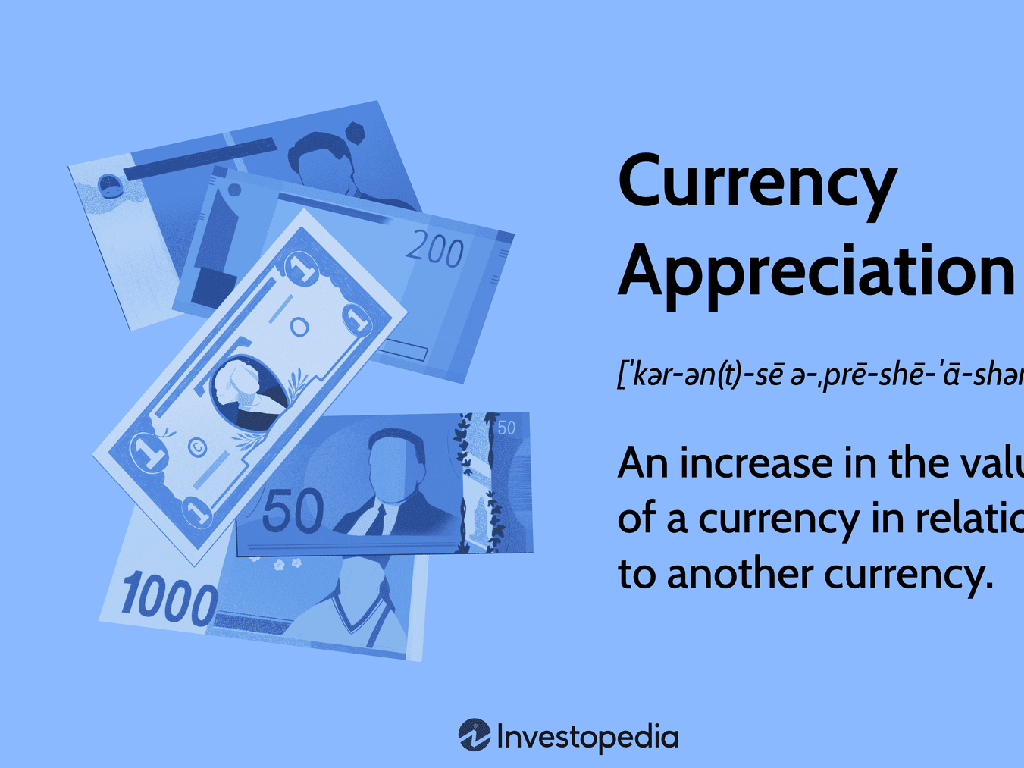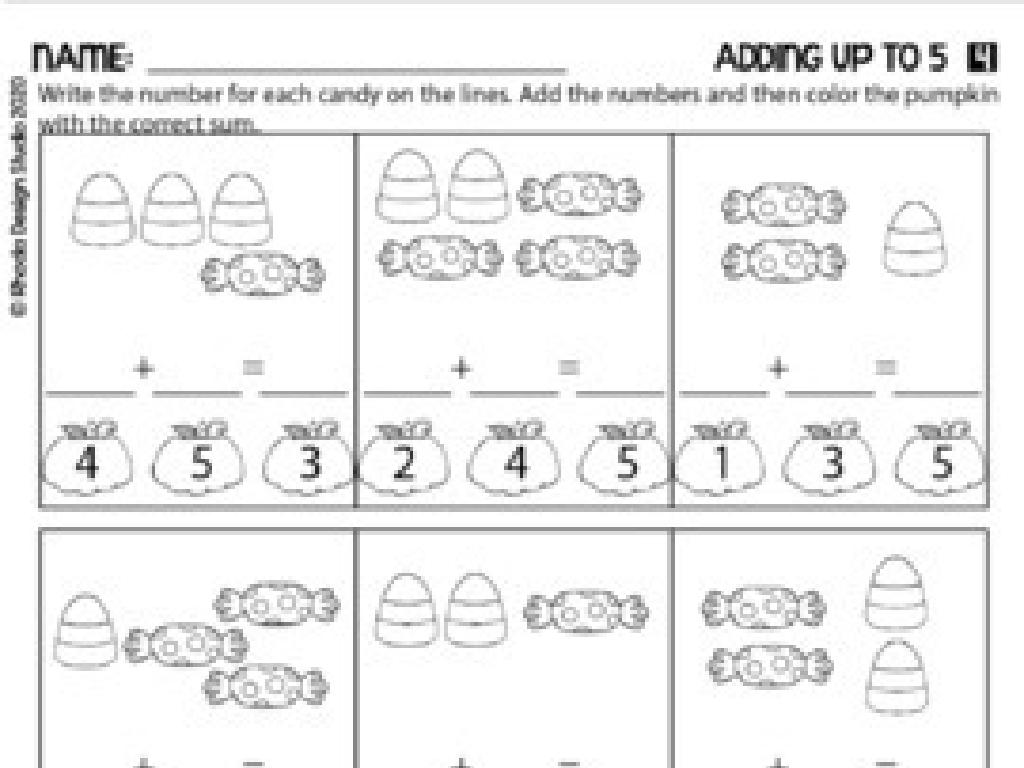Identify Shortage And Surplus With Data
Subject: Social studies
Grade: Sixth grade
Topic: Supply And Demand
Please LOG IN to download the presentation. Access is available to registered users only.
View More Content
Introduction to Supply and Demand
– Basics of Supply and Demand
– Supply is how much is available, demand is how much is wanted
– Impact on Daily Shopping
– Prices can rise or fall based on supply and demand
– Real-life Supply & Demand
– Examples: Popular toys may be in high demand during holidays, leading to shortages
– Identifying Shortage & Surplus
– Shortage: demand > supply, Surplus: supply > demand
|
This slide introduces the fundamental concepts of supply and demand, which are crucial for understanding how markets operate. Begin by explaining that supply refers to how much of a product is available, while demand indicates how much people want to buy. Discuss how these two factors influence the price and availability of goods in everyday shopping, such as how high demand for a new video game can lead to a price increase. Provide relatable examples, such as the scarcity of certain toys during the holiday season, which can help students grasp the concepts. Finally, explain how to identify shortages (when demand exceeds supply) and surpluses (when supply exceeds demand) using real data. Encourage students to think of examples from their own experiences where they’ve noticed prices changing due to supply and demand.
Understanding Economic Shortages
– Define economic shortage
When demand for a product exceeds supply at a particular price.
– Explore causes of shortages
Shortages can be caused by increased demand, reduced supply, or both.
– Examine shortage effects
Shortages often lead to price increases as consumers compete for limited goods.
– Impact on prices & consumers
Consumers may face difficulty obtaining products, leading to dissatisfaction.
|
This slide aims to explain the concept of a shortage in economic terms to sixth-grade students. Begin by defining a shortage as a situation where the demand for a product is greater than the supply available at a specific price point. Discuss various causes such as sudden spikes in demand, supply chain disruptions, or production issues. Highlight the effects of a shortage, including how it can drive up prices due to increased competition among buyers. Emphasize the impact on consumers, who may struggle to find the products they need or have to pay higher prices. Use relatable examples, such as a popular toy running out before the holidays, to illustrate these points. Encourage students to think of other examples and consider how shortages might affect their own lives.
Understanding Economic Surplus
– Surplus in economic terms
– When supply exceeds demand for goods or services
– Causes of a surplus
– Surplus happens when producers overestimate demand
– Surplus effects on prices
– Prices may drop to encourage sales
– Surplus: Case study examples
– Analyze surplus in local farmers’ markets
|
This slide introduces the concept of surplus in the context of economics, tailored for a sixth-grade social studies class. Begin with a clear definition of surplus, explaining that it occurs when the quantity of a product supplied exceeds the quantity demanded. Discuss common reasons for surplus, such as overproduction or a decrease in demand. Highlight how surplus can lead to lower market prices as sellers try to sell off excess stock. Use real-life examples, such as a local farmers’ market where too many apples might lead to a price drop. Encourage students to think about the effects of surplus on both consumers and producers. The goal is for students to understand the basic principles of surplus and its impact on the economy.
Analyzing Data: Shortage & Surplus
– Read supply & demand graphs
– Graphs show the relationship between supply, demand, and price.
– Find shortage & surplus points
– Shortage: high demand, low supply. Surplus: low demand, high supply.
– Case study: Video game console shortage
– 2020 saw high demand for consoles, but production couldn’t keep up.
– Understanding market balance
|
This slide aims to help students understand how to read supply and demand graphs and identify points of shortage and surplus. Start by explaining the axes of the graph: price on the vertical axis and quantity on the horizontal. Show how the intersection of supply and demand curves determines the market equilibrium. Discuss what happens when the demand curve shifts right (increase in demand) or the supply curve shifts left (decrease in supply), leading to a shortage. Conversely, explain surplus with a leftward shift in demand or rightward shift in supply. Use the recent video game console shortage as a case study to illustrate these concepts in a real-world scenario. Encourage students to think about how external factors, like a pandemic, can affect supply and demand.
Shortage and Surplus in Our Community
– Discuss local shortage examples
– Recent shortage: hand sanitizer during pandemic
– Discuss local surplus examples
– Recent surplus: excess holiday decorations post-season
– Impact on our community
– Shortages can lead to price increases, while surpluses may cause prices to drop
– Group discussion on observations
– Share personal observations of shortage or surplus in the community
|
This slide aims to engage students in understanding the concepts of shortage and surplus through local examples. Begin by discussing a recent shortage, such as hand sanitizer during the pandemic, and a surplus, like holiday decorations after the holiday season. Explain how shortages can lead to increased prices and competition for resources, while surpluses may result in lower prices and potential waste. Encourage students to think about how these situations affect their community economically and socially. The group discussion will allow students to share their own observations and experiences, fostering a deeper connection to the material. Prepare to facilitate the discussion by prompting students with questions and guiding them to consider the causes and effects of these economic phenomena.
Class Activity: Market Simulation
– Divide into buyers and sellers
– Receive shortage or surplus scenarios
– Discuss market response strategies
– Consider how scarcity or excess supply affects prices and decision-making
– Present your group’s solutions
– Share your strategy and reasoning with the class
|
This interactive class activity is designed to help students understand the concepts of shortage and surplus within a market. By dividing the class into groups representing buyers and sellers, students will engage in a simulation that mirrors real-world market dynamics. Provide each group with different scenarios that result in either a shortage (demand exceeds supply) or a surplus (supply exceeds demand). Encourage students to discuss within their groups how they would respond to these changes, such as adjusting prices or quantities. After the discussion, each group will present their strategy to the class, explaining their reasoning and the potential effects of their decisions. As a teacher, facilitate the activity by ensuring each group understands their role and the scenario. Possible scenarios could include a sudden increase in demand for a popular toy, leading to a shortage, or an overproduction of a seasonal product, resulting in a surplus. This exercise will help students grasp the impact of supply and demand on markets and decision-making.






